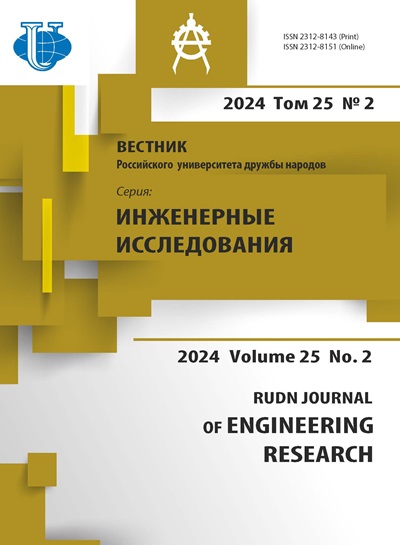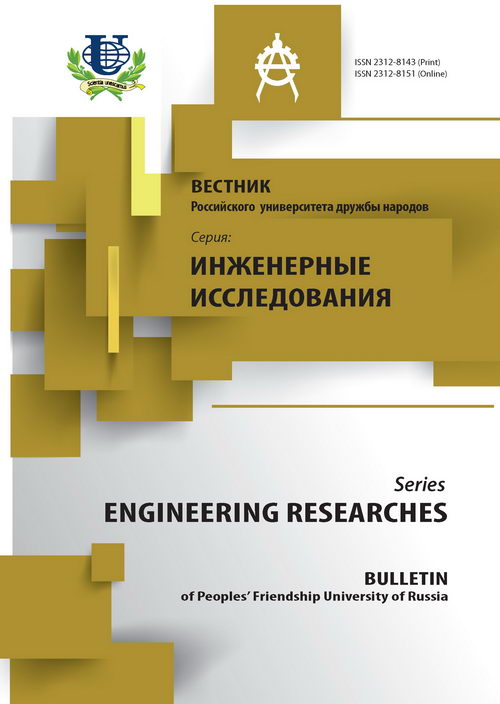FEATURES OF USE OF STANDARDS IN TASKS OF TESTING
- Authors: Demenkova TA1, Korzhova OA1
-
Affiliations:
- Moscow Technological University (MIREA)
- Issue: No 2 (2016)
- Pages: 17-25
- Section: Articles
- URL: https://journals.rudn.ru/engineering-researches/article/view/13138
Cite item
Full Text
Abstract
Actual problems of diagnosing of digital devices at all design stages, including the choice of the general structure of the project, functional verification, programming of crystal, formation of configuration, temporary check of separate blocks of the project and hardware testing are considered. Researches regarding development of standards of boundary scan and their appendices for various projects are conducted lately. Various modern standards in a route of automatic design, the digital standard of peripheral scanning for testing of multilayered printed circuit boards, the standard for reduction of costs of testing of VLCI with further possibility of reuse for other tasks and the tools for boundary scan allowing to make structural testing and testable design are submitted. The standards providing an intra circuit configuration of integrated chips, and their connection with elimination of malfunctions of prototypes and testing of quality of installation, assembly of knots and systems are considered. The standard defining classes of the built-in instruments of testing with the covers and mechanisms of management compatible to the previous standards is separately considered. On the basis of the analysis of the existing decisions in a route of design of digital devices of different function the solution of the problem of diagnosing taking into account specifics of the applied element base is developed. The developed route of design of digital devices on modern programmable integrated circuits with use of the last developments of standards of boundary scan will allow to hold testing of development on the basis of chips of various producers. The offered diagnosing method on the basis of the developed standards can be used also when developing various projects on the basis of domestic element base that is timely for the solution of the important problem of import substitution.
About the authors
T A Demenkova
Moscow Technological University (MIREA)
O A Korzhova
Moscow Technological University (MIREA)
References
















